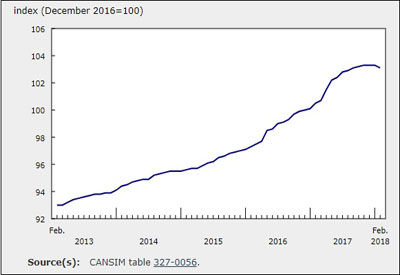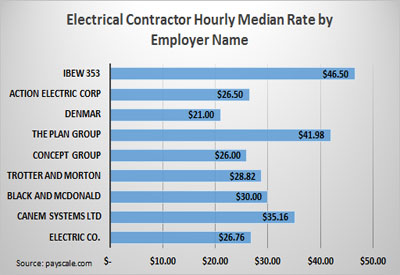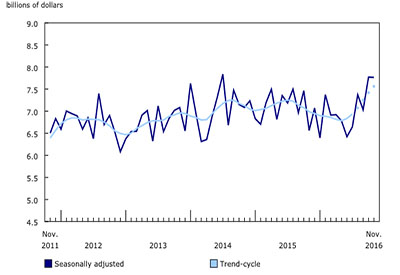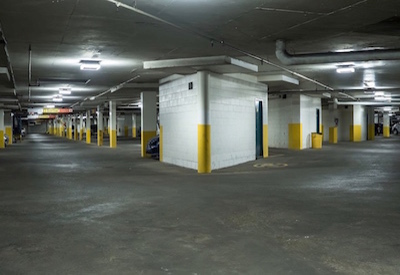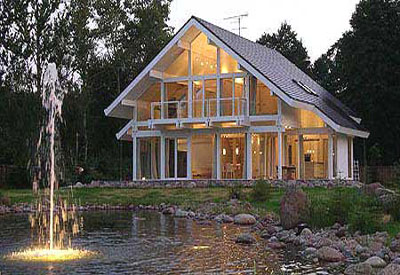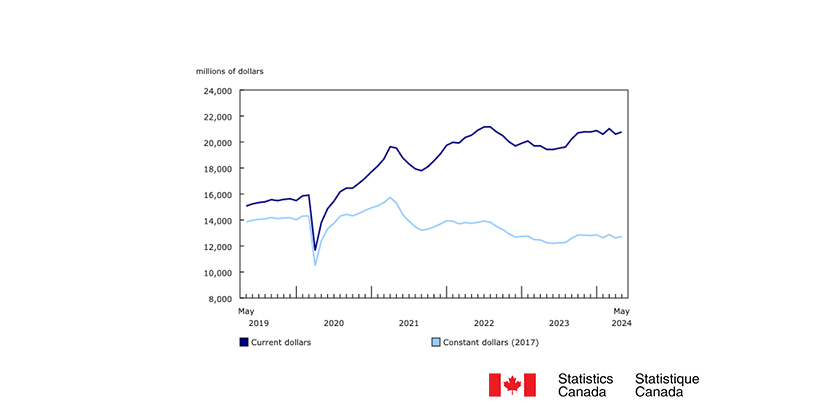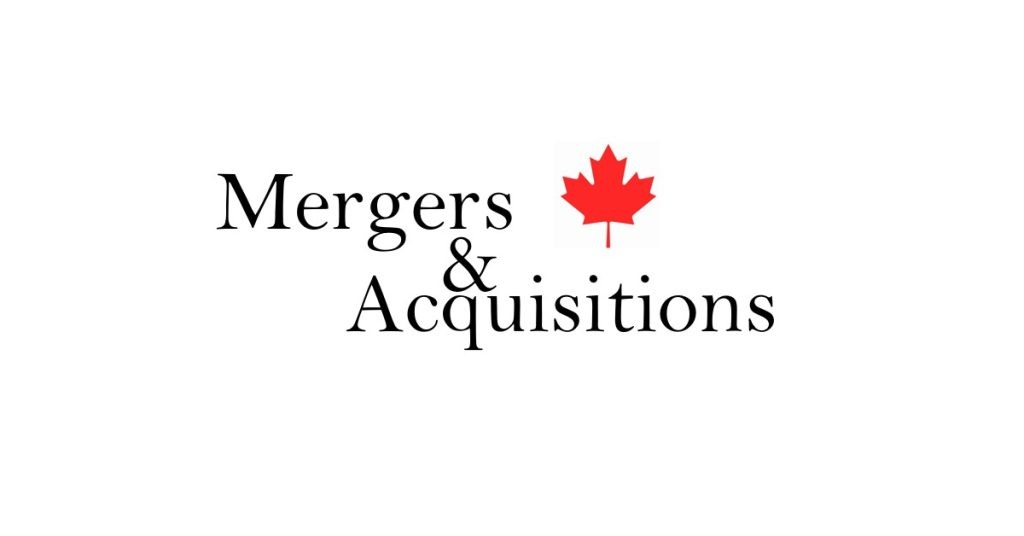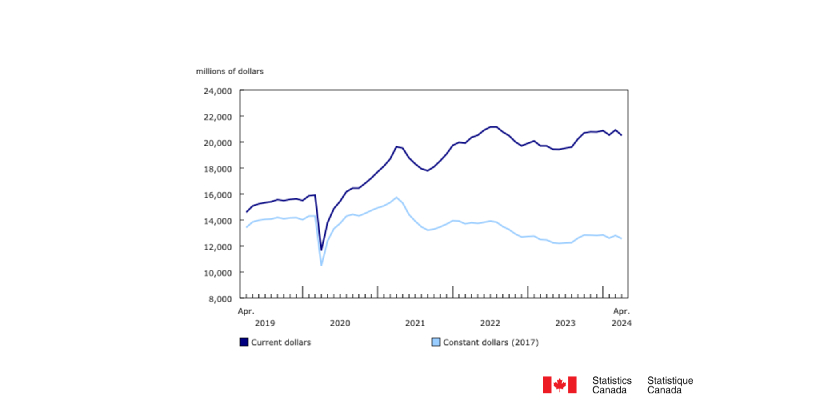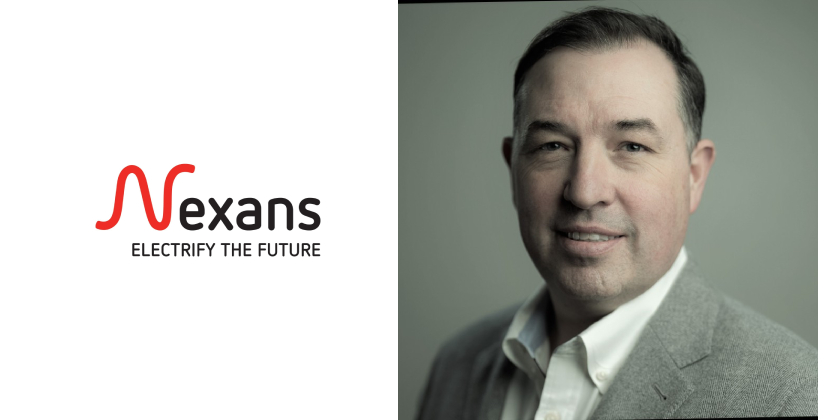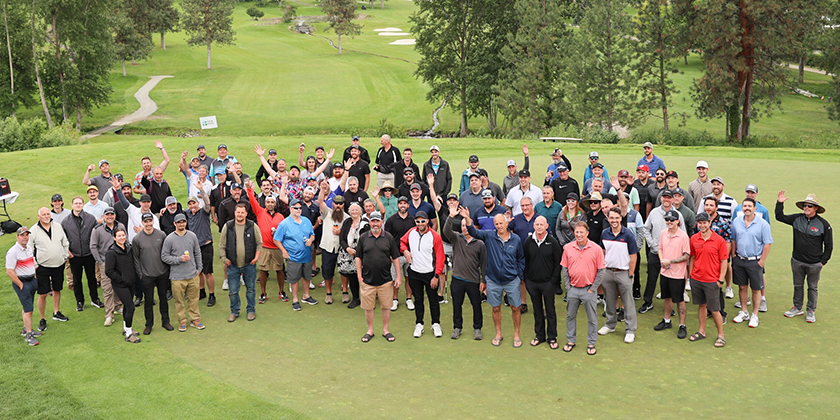Common Misconceptions Related To Use Of Electrical Equipment And Electrical Design and Installations

August 11, 2022
By Ark Tsisserev, P.Eng.
During many years of writing various articles I am fortunate to receive numerous e-mails with questions and comments from the readers. This feedback demonstrates that there are plenty of misconceptions among the electrical designers, contractors and regulators on certain provisions of the legally adopted National Building Code of Canada (NBC) and the Canadian Electrical Code, Part I (CE Code) in respect to use and installation of electrical equipment.
Let’s try to elaborate on some of the received questions and to separate true answers from false statements. Let’s use eight examples as follows:
Statement 1: Under provisions of the CE Code, equipment listed to NEMA standards must be used.
True or False? FALSE!
There still appears to be some inconsistency in referencing product standards in the design specifications. For installations under provisions of the CE Code, designers (under no condition) should reference ANSI, UL, NEMA, EEMAC or IEEE standards for specification of electrical products intended to be installed in accordance with the CE Code, as the CE Code has very specific provisions in this regard, as follows:
1. Rule 2-024 of the CE Code mandates use of “approved” electrical equipment.
2-024 Use of Approved Equipment (see Appendix A) Electrical equipment used in electrical installations within the jurisdiction of the inspection department shall be approved and shall be of a kind or type and rating approved for the specific purpose for which it is to be employed.
2. “approved” is defined term in the Code, and this definition states the following:
“Approved (as applied to electrical equipment) –
(1) equipment that has been certified by a certification organization accredited by the Standards Council of Canada in accordance with the requirements of
(a) CSA Group Standards; or
(b) other standards that have been developed by a standards development organization accredited by the Standards Council of Canada, or other recognized documents, where CSA Group Standards do not exist or are not applicable, provided that such other standards or other recognized documents
(i) are correlated with provisions of the CE Code, Part I; and
(ii) do not create duplication with standards already listed in Appendix A; or
(2) equipment that conforms to the requirements of the regulatory authority (see Appendix B).
Appendix B Note on definition “approved” clarified this definition for the Code users as follows:
Approved – It is intended by this definition that electrical equipment installed under provisions of this Code is required to be certified to the applicable CSA product Standards as listed in Appendix A. Where such CSA Standards do not exist or are not applicable, it is intended by this definition that such electrical equipment be certified to other applicable Standards, such as ULC standards. Code users should be aware that fire alarm system equipment is deemed to be approved when it is certified to the applicable product Standards listed in CAN/ULC-S524. This definition is also intended to reflect the fact that equipment approval could be accomplished via a field evaluation procedure in conformance with CSA Model Code SPE-1000, where special inspection bodies are recognized by participating provincial and territorial authorities having jurisdiction. For new products that are not available at the time this Code is adopted, the authority having jurisdiction may permit the use of products that comply with the requirements set out by that jurisdiction.
3. This means that every piece of electrical equipment used under provisions of the CE Code must be certified by the Standard Council of Canada (SCC) accredited certification organization for compliance with the applicable CSA safety standard for electrical equipment (with one of the CSA product standards listed in Appendix A.1 of the Code). If, for example, a circuit breaker is used in the specification, such circuit breaker would have to be certified in conformance with the CSA safety standard C22.2 No. 5 listed in Appendix A.1 of the CE Code.. If a panelboard is specified, such panelboard would have to be designed, constructed,
tested and certified to the CSA standard C22.2 No. 29, also listed in Appendix A.1 of the Code. If, for example, we specify armoured cable, such cable would have to comply with the CSA safety standard C22.2 No. 51, listed in Appendix A.1. If the equipment for outdoor use intended to be installed, then the enclosure for such equipment must comply with the applicable CSA Type listed in the CSA standard C22.2 No. 94.1.
4. For a fire alarm systems equipment, CSA does not develop safety standards, (as these standards are developed by the ULC). Thus, each particular piece of such fire alarm system equipment (i.e. manual station, smoke detector, control unit, audible signal device, strobe light, etc.) would have to be designed, constructed, tested and certified to the applicable ULC standard listed in Appendix A.2 of the CE Code.
5. If a piece of equipment is certified by any organization other than CSA or ULC (which are the Canadian based organizations), monogram of such certification organization must indicate a small letter “c” at 8 o’clock. Thus, if a UL certifies a panelboard to CSA standard C22.2 No. 29 for use in accordance with the CE Code, then the UL monogram must be shown on the panelboard with a small letter “c”. if ETL certifies such panelboard for use in Canada under rules of the CE Code, the ETL certification monogram must show small “c” as well. Each such certification by UL or ETL would demonstrate that the panelboard has been, indeed, certified to the CSA safety standard C22.2 No. 29 listed in Appendix A.1
6. If there is no CSA standard for a custom built piece of equipment, or for equipment manufactured overseas and brought to Canada for installation in accordance with the CE Code, then “approval” of such piece of equipment is done by a field evaluation organization to the CSA Model Code for Field Evaluation “SPE – 1000”, and such field evaluation could be performed only by the SCC accredited SI (special Inspection) bodies. List of all certification and special inspection/field evaluation bodies acceptable in each provincial/territorial jurisdiction is usually published by each provincial/territorial AHJ.
7. The manufacturer is usually also aware that every piece of electrical equipment must be marked in accordance with Rule 2-100 of the CE Code as follows:
“ 2-100 Marking of Equipment (see Appendix B) (1) Each piece of electrical equipment shall bear those of the following markings necessary to identify the equipment and ensure that it is suitable for the particular installation:
(a) the maker’s name, trademark, or other recognized symbol of identification;
(b) catalogue number or type;
(c) voltage;
(d) rated load amperes;
(e) watts, volt amperes, or horsepower;
(f) whether for ac, dc, or both;
(g) number of phases;
(h) frequency in hertz;
(i) rated load speed in revolutions per minute;
(j) designation of terminals;
(k) whether for continuous or intermittent duty;
(l) evidence of approval; or
(m) other markings necessary to ensure safe and proper operation
This means that each piece of “approved” equipment must be provided with recognized certification monogram or with field evaluation label.
Statement 2: All life safety equipment must be located in a dedicated service room separated from the remainder of the building by a fire separation, having fire resistance rating not less than 2 hours.
True or False? FALSE!
Except for service rooms intended to contain emergency generator and associated equipment and systems necessary to supply reliable electrical power, the NBC does not specifically mandate that the life safety equipment (distribution or utilization), must be installed in dedicated service rooms which contain only such life safety equipment. The NBC provides the following requirements for location of the emergency generator and associated equipment and systems necessary to supply reliable electrical power:
3.6.2.8. Emergency Power Installations
(1) Where a generator intended to supply emergency power for lighting, fire safety and life safety systems is located in a building, except where such building is used solely for the purpose of housing the generator and its ancillary equipment, it shall be located in a room that
(a) is separated from the remainder of the building by a fire separation having a fire-resistance rating not less than 2 h, and
(b) contains only the generating set and equipment related to the emergency power supply system.
The NBC permits installation of a life safety equipment (distribution or utilization) in the same service room, in which non-life safety equipment is located. However, a service room which houses a life safety equipment, must have a fire separation with a fire resistance rating of not less than 1h. The NBC also mandates that a service room which is required by the CE Code – to house dielectric liquid-filled electrical equipment with a limited quality of liquid in accordance with Subrule 26-012(2), must have a fire separation with a fire resistance rating of not less than 1 h as well. [see Sentences 3.6.2.1.(6) to 3.6.2.1.(8) of the NBC below]:
(6) Electrical equipment that is required to be located in a service room according to CSA C22.1, “Canadian Electrical Code, Part I,” shall be installed in a service room separated from the remainder of the building by a fire separation having a fire-resistance rating not less than 1 h.
(7) Except as permitted by Sentence (8), in a storey that is not sprinklered throughout, a service room that containsservice equipment other than that addressed by Sentences (1) to (6) shall be separated from the remainder of the building by a fire separation having a fire-resistance rating not less than 1 h.
(8) Where a service room contains a limited quantity of service equipment, and the service equipment neither constitutes a fire hazard nor is essential to the operation of fire safety systems in the building, the requirements for a fire separation shall not apply.
Statement 3: Every electrical equipment vault required by Rule 26-012(1) of the CE Code, must be provided with a smoke detector.
True or False? FALSE!
Article 3.6.2.7. of the NBC states that an electrical equipment vault may not contain sprinklers in it. However, when such electrical equipment vault is not sprinklered, it must be constructed with a fire resistance rating of not less than 3 h, and it must contain smoke detector in it (see Sentences 3.6.2.7.(2) and (3) below:
(2) An electrical equipment vault referred to in Sentence (1) shall be separated from remainder of the building by a fire separation of solid masonry or concrete construction having a fire-resistance rating not less than
(a) 3 h if the vault is not protected by an automatic fire extinguishing system, or
(b) 2 h if the vault is protected by an automatic fire extinguishing system.
(3) If a building is sprinklered throughout, an electrical equipment vault referred to in Sentence (1) need not be sprinklered provided
(a) the vault is designed for no purpose other than to contain the electrical equipment, and
(b) the vault contains a smoke detector which will actuate the building fire alarm system in the event of a fire in the vault.
Statement 4: A service room required for a emergency generator, is also permitted to contain a life safety distribution equipment (distribution transformers, distribution panelboards, distribution disconnecting means, etc.)
True or False? FALSE!
Article 3.6.2.8. of the NBC, quoted in the answer to statement 2 above, and Clause 5.2 of the CSA standard C282 are quite clear that the service rooms intended for emergency generators, must contain only emergency generator and the auxiliary equipment directly related to the emergency power supply (i.e. automatic transfer switches, fuel tank, ventilation system, emergency power supply overcurrent protection devices and disconnecting means). It means that life safety distribution equipment (which does not represent components of the emergency power supply system), is not allowed to be located in the service room intended for the emergency generator and its auxiliary equipment (See Clause 5.2 of C282 below):
5.2 Unless otherwise specified by the authority having jurisdiction or as required by the NBCC, all of the components specified in Clause 5.1 shall be separated from the remainder of the building by a fire separation with a fire-resistance rating of not less than 2 h.
Notes:
(1) Not all of the components need be in the same room or other location in the building.
(2) See Clause B.1 for commentary on this Clause.
(3) The fire resistance rating for a room that contains any fuel storage, such as the auxiliary supply tank, might need to be increased in accordance with the requirements of CSA B139 and/or the authority having jurisdiction depending on the volumes of storage in each room.
Statement 5: A service room required for an emergency generator, must contain all components of the emergency power supply system, and all automatic transfer switches related to the emergency power supply system, must be always located in such 2 h rated service room.
True or False? FALSE!
There are numerous installations, where it is practicable to locate automatic transfer switches related to the emergency power supply outside the service rooms which contain the emergency generator. The NBC and C282 recognize this fact. As it was mentioned in the answer to statement 2 above, the NBC indicates that where such life safety equipment is located in a service room containing other (non-life safety) equipment, such service room must have fire resistance rating not less than 1 h. Clause 5.3 of C282 also recognizes this fact (see below):
5.3 When it is installed outside a service room, power and control wiring interconnecting the components specified in Clause 5.1 shall be protected against exposure to fire in accordance with the requirements of the NBCC, while ensuring continuous operation of the electrical circuit.
Rule 46-204 of the CE Code acknowledges this fact as well, by mandating protection of conductors between the emergency generator and the equipment which represents a part of the emergency power supply system but is located outside of the service room containing the emergency generator (see below):
46-204 Protection of Electrical Conductors and Cables
All power, control, and communication insulated conductors and cables between an emergency generator as described in Rule 46-202 3) and electrical equipment required to be installed as a part of the emergency power supply and located outside the generator room shall be protected against fire exposure to provide continued operation in compliance with the National Building Code of Canada.
Statement 6: A 2 h rated service room intended for an emergency generator, is permitted to also house a generator which is used for simply stand-by purposes (not for emergency power supply specifically required by the NBC)
True or False? FALSE!
Such “stand-by” generator is not permitted to be located in the dedicated service room which houses the emergency power supply system required by the NBC, as any fault (or fire) on this stand-by generator, may adversely impact operation of the (legally required by the NBC) emergency power supply system (see discussion above).
Statement 7: A heat detector must be installed in an elevator pit True or False? FALSE!
There are no such requirements in the NBC or in CSA standard B44 “Safety Code for elevators and escalators” Sentence 3.2.4.10. (4) of the NBC mandates installation of a fire detector (heat or smoke detector) only in an elevator shaft, only if such shaft is not equipped with a sprinkler system. And ULC 524 mandates installation of such fire detectors at a top of the shaft (but not in a pit).
3.2.4.10.(4) Fire detectors required by Sentence (2) shall be installed in elevator hoistways and dumbwaiter shafts where a sprinkler system is not installed within the hoistway or shaft.
It should be noted that Clause 2.27.3.2.2(c) of B44-2013 (i.e. edition referenced in the CE Code 2018) mandates that a smoke detector (and not a fire detector, unless the environment for a smoke detector is not suitable), must be installed in the elevator hoistway (see below):
2.27.3.2.2 In jurisdictions enforcing the NBCC, smoke detectors, or heat detectors in environments not suitable for smoke detectors (fire alarm initiating devices), used to initiate Phase I Emergency Recall Operation, shall be installed in conformance with the requirements of the NBCC, and shall be located
(a) at each elevator lobby served by the elevator
(b) in the associated elevator machine room, machinery space containing a motor controller or driving machine, control space, or control room
(c) in the elevator hoistway, when sprinklers are located in those hoistways.
Statement 8: Electrical vehicle supply equipment installed in a parking stall of a parking garage of a typical apartment building is not considered to be a continuous load for application of Rule 8-104 of the CE Code. True or False? FALSE!
Rule 8-202 of the CE Code applies to calculation of loads in an apartment building. Loads in an apartment building consist of loads of dwelling units and so-called “house loads” (i.e. common loads of the building, located outside dwelling units). Subrule 8-202(2) specifically clarifies which loads shall not be considered as “continuous” loads for the application of Rule 8-104 (see below):
8-202(2) The total load calculated in accordance with Subrule 1) and Subrule 3) a), b), and c) shall not be considered to be a continuous load for the application of Rule 8-104.
Calculation of the electrical vehicle supply equipment loads, located in common places (in parking garages), is based on the fact that such loads are considered to be continuous loads, and they must be added with the applicable demand facts allowed by Rule 8-106 of the CE Code. This fact is articulated by Subrule 8-202(3)(d) shown below:
8-202(3)(d) except as permitted by Rule 8-106 11), any electric vehicle supply equipment loads not located in dwelling units shall be added with a demand factor as specified in Table 38.
It should be noted that Subrule 8-202(3)(d) is not included in the list of Subrules indicated by Subrule 8-202(2), which allows to consider certain loads as “non-continuous.
The eight examples above illustrate some of the misconceptions of the industry stakeholders regarding provisions of the Codes and standards for application and installation requirements. It is important – to reference all relevant codes and standards which could be helpful to the industry stakeholders to reach accurate conclusions. And as always, it is very important to consult the local AHJ as each AHJ may have very specific interpretation of the Code’s provisions.
Published with permission from the author.
Ark Tsisserev is president of EFS Engineering Solutions, Ltd., an electrical and fire safety consulting company, and is a registered professional engineer with a master’s degree in Electrical Engineering. Prior to becoming a consultant, Ark was an electrical safety regulator for the city of Vancouver.



